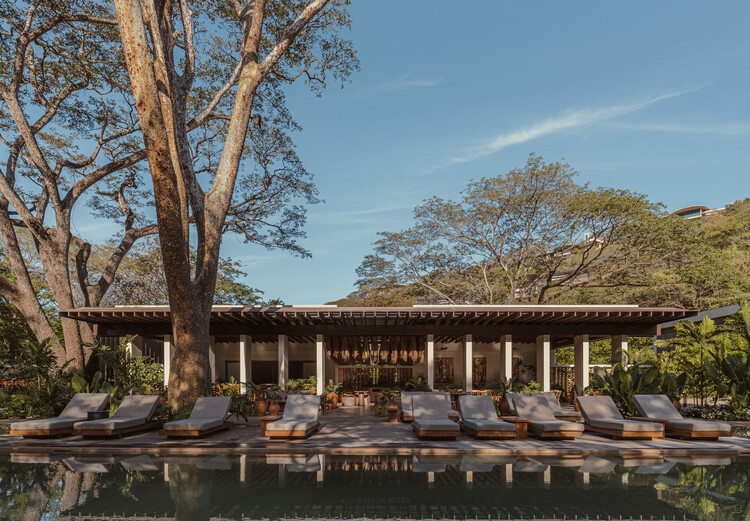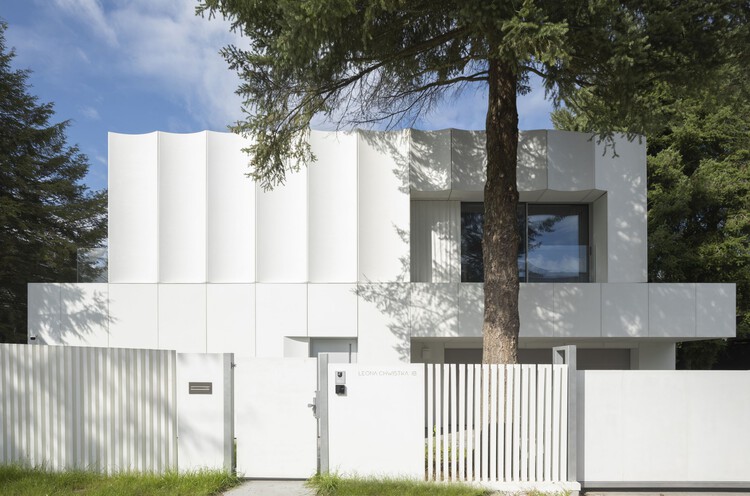
Wimbledon House / Manuel Urbina Studio

-
Architects: Manuel Urbina Studio
- Area: 20 m²
- Year: 2025
-
Manufacturers: VEGA Designs
-
Professionals: Creative Living Development, BanfieldWood
Jean Dauger Stadium / Patrick Arotcharen Architecte
Aster by Joshua Paris / RooMoo Design Studio

-
Architects: RooMoo Design Studio
- Area: 309 m²
- Year: 2025
-
Manufacturers: Hafele
Mexická Restaurant / 20-20 Architekti

-
Architects: 20-20 Architekti
- Area: 890 m²
- Year: 2025
-
Manufacturers: Carl Stahl ARC, Cora Jičín, Cubis Metal, David Hřivňacký, Dřevona Lovčice, +5
Renovation and extension of the Marie Paradis sports complex / bureau faceB + LFA

-
Architects: bureau faceB + LFA
- Area: 2890 m²
- Year: 2024
Zaha Hadid Architects Explores AI-Driven Design at “Architecture of Possibility” Exhibition in Shenzhen, China

"Architecture of Possibility: Zaha Hadid Architects" at the Museum of Contemporary Art and Urban Planning (MOCAUP) in Shenzhen, China, presents a comprehensive overview of the evolution of Zaha Hadid Architects' work over recent decades. On view until April 10, 2026, the exhibition is structured through chronological and thematic narratives that highlight the studio's multidisciplinary research and design methodologies. The exhibition, now open to the public, showcases the office's work in the Shenzhen area and its involvement with new Artificial Intelligence technologies. Particular emphasis is placed on the integration of artificial intelligence (AI), immersive and interactive design tools, and virtual environments, which together form an expanding digital design ecosystem.

































































































